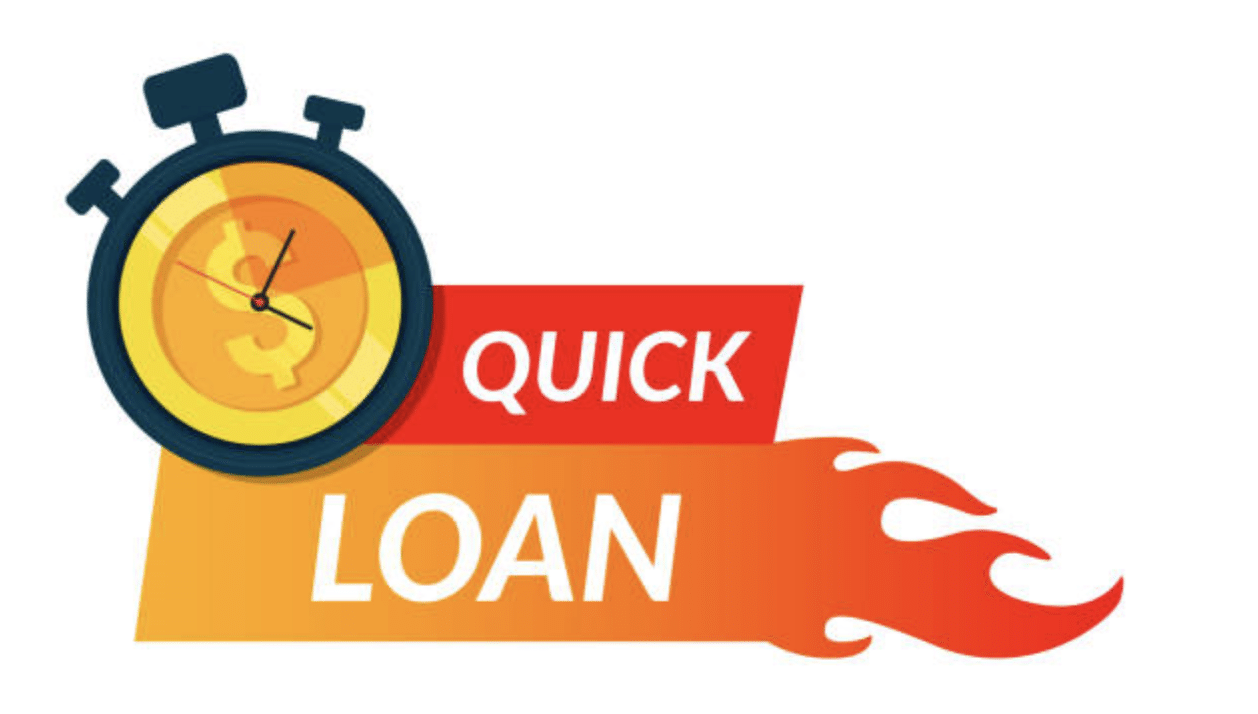Canada Emergency Business Account (CEBA) provides business owners with interest-free loans of up to $40,000 and a chance to have $10,000 of it forgiven. The program was introduced by the Canadian government as a relief measure for COVID-19.
This article will help business owners understand how the program works, who is eligible, and how to apply for a CEBA loan. The information in this article is based on the details that are currently available (April 4th 2020), and may change in the future.














